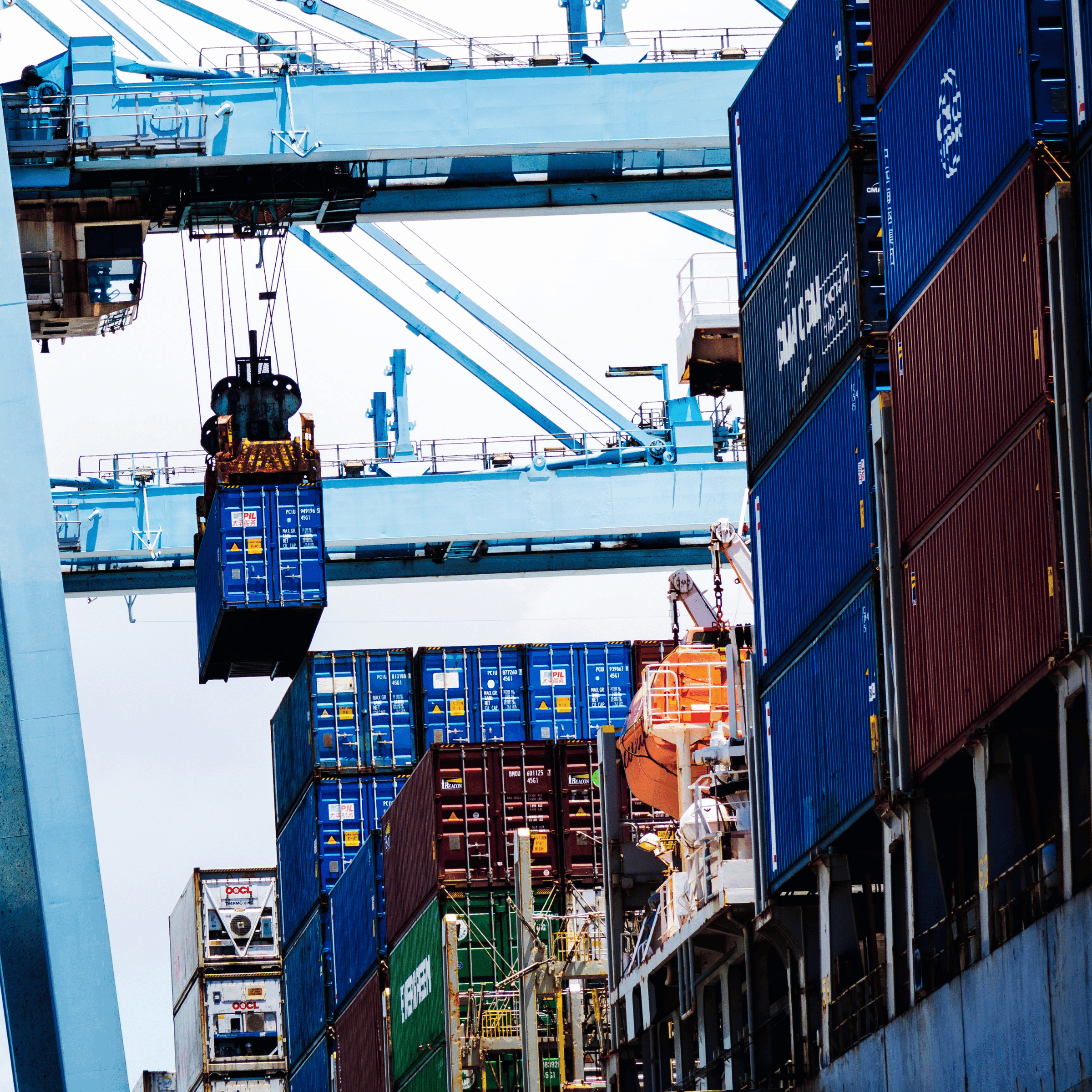With the August 1 tariff deadline fast approaching, importers across industries are racing to expedite shipments and get goods cleared through U.S. Customs ahead of new, higher duties. This last-minute rush is placing significant strain on the supply chain, driving up demand for third-party logistics (3PL) services, especially those specializing in customs clearance, bonded warehousing, and inventory management.
For 3PLs, this is a critical moment to not only support their customers through the immediate challenges but also to demonstrate long-term value as strategic supply chain partners. In this article, we’ll explore why importers are moving urgently, the operational impacts on logistics providers, and the best practices 3PLs should adopt to navigate this surge effectively.
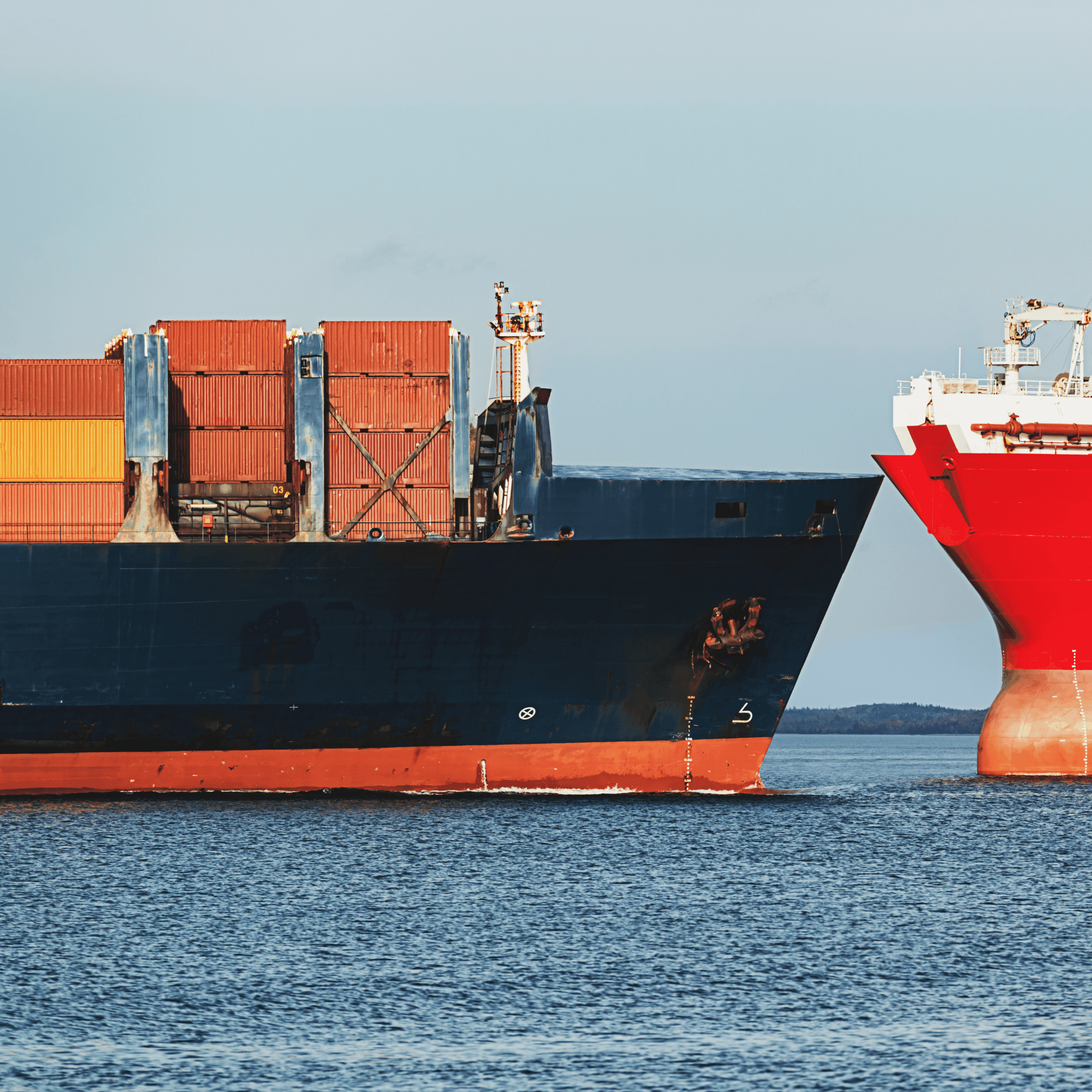
Why Importers Are Rushing Ahead of August 1 Tariffs
Increased Tariffs on Imported Goods
Starting August 1, the U.S. government is scheduled to impose new tariffs ranging from 10% to 25% on a broad range of imported goods—with particular focus on Chinese-made products. These tariffs affect industries including electronics, apparel, footwear, home goods, automotive components, and industrial machinery.
For importers, this means significantly higher landed costs, thinner margins, and increased pricing pressures. As a result, many are accelerating shipments in an effort to get inventory cleared through Customs ahead of the new deadline and avoid the financial burden of higher duties.
Supply Chain Timing and Inventory Strategy
This tariff deadline coincides with key planning periods for the back-to-school and holiday retail seasons, making it even more urgent for businesses to secure inventory. Retailers and importers are pulling forward orders, expediting ocean freight, and accepting higher storage costs in bonded warehouses to avoid future tariff hikes.
Key Industries Most Affected:
- Consumer Electronics
- Home Furnishings & Decor
- Apparel & Footwear
- Automotive Parts & Accessories
- Industrial Machinery
- Seasonal Goods (Back-to-School, Holiday Merchandise)
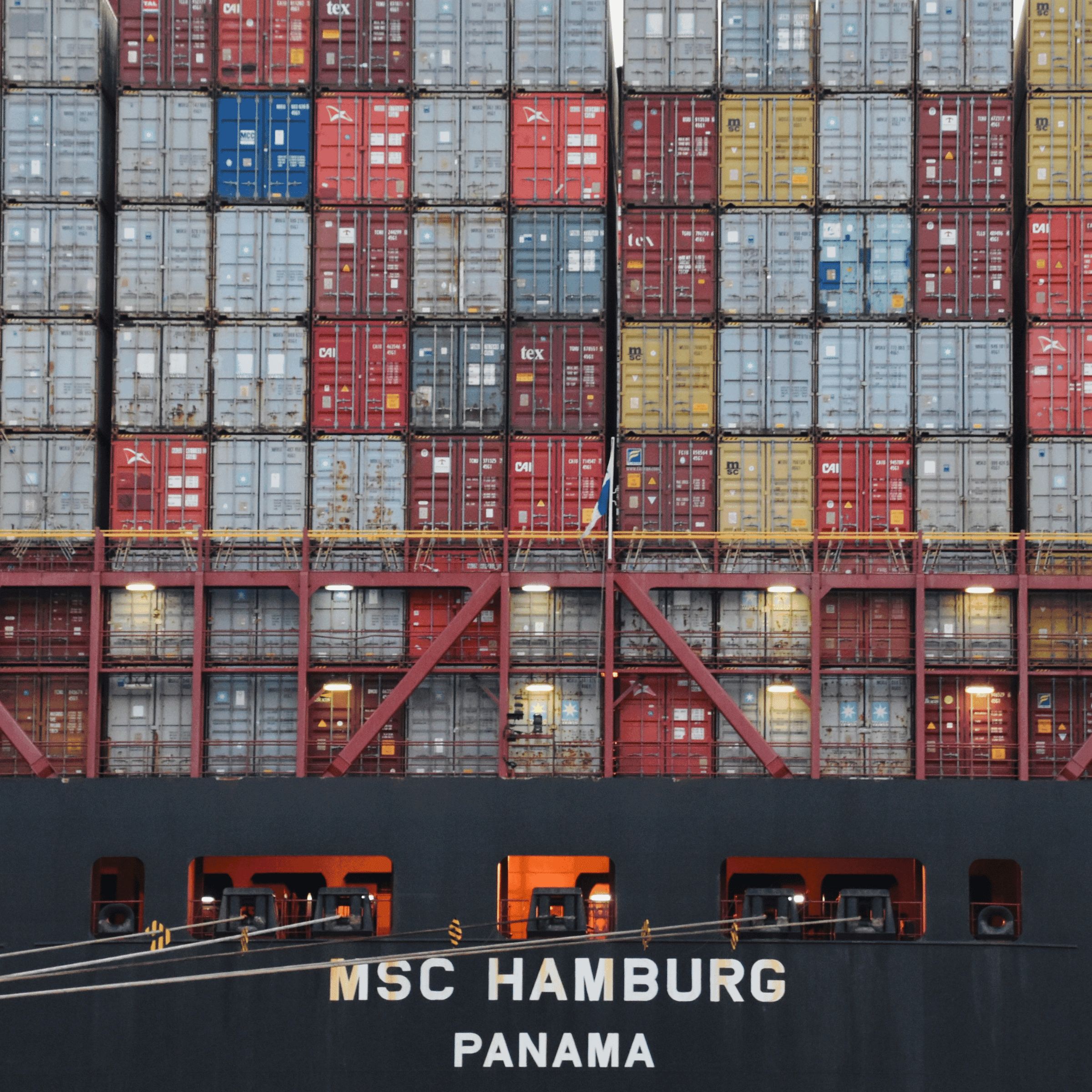
The Impact on 3PLs: Challenges and Opportunities
Surge in Inbound Volume and Capacity Constraints
Ports including Los Angeles/Long Beach, Savannah, and Newark are experiencing a sharp rise in inbound container volumes. For 3PLs, this translates into:
- Increased demand for container unloading and deconsolidation
- Rapidly tightening warehouse capacity, especially near ports of entry
- Longer lead times and congestion risks across transportation networks
3PLs must balance the influx of urgent shipments with existing customer commitments, all while managing space and labor constraints.
Rising Demand for Bonded Warehousing and FTZ Solutions
Bonded warehouses are seeing heightened demand as importers seek to stage goods without immediately triggering duty payments. This allows businesses to defer costs while maintaining flexibility on when to enter goods into U.S. commerce.
3PLs with bonded storage capabilities or Foreign Trade Zone (FTZ) services are positioned to offer critical value-add during this period by:
- Reducing immediate cash outlays for importers
- Providing flexibility for re-export or delayed market entry
- Supporting tariff mitigation strategies
Customs Compliance Under Pressure
With the spike in volume, customs clearance operations are under significant strain. Errors in classification, valuation, or documentation can cause delays, penalties, and missed deadlines—putting both the importer and the 3PL at risk.
It’s essential for 3PLs to have robust customs brokerage partnerships or in-house expertise to manage this risk effectively, ensuring:
- Correct HTS classifications
- Accurate duty calculations
- Proper documentation to avoid audits and penalties
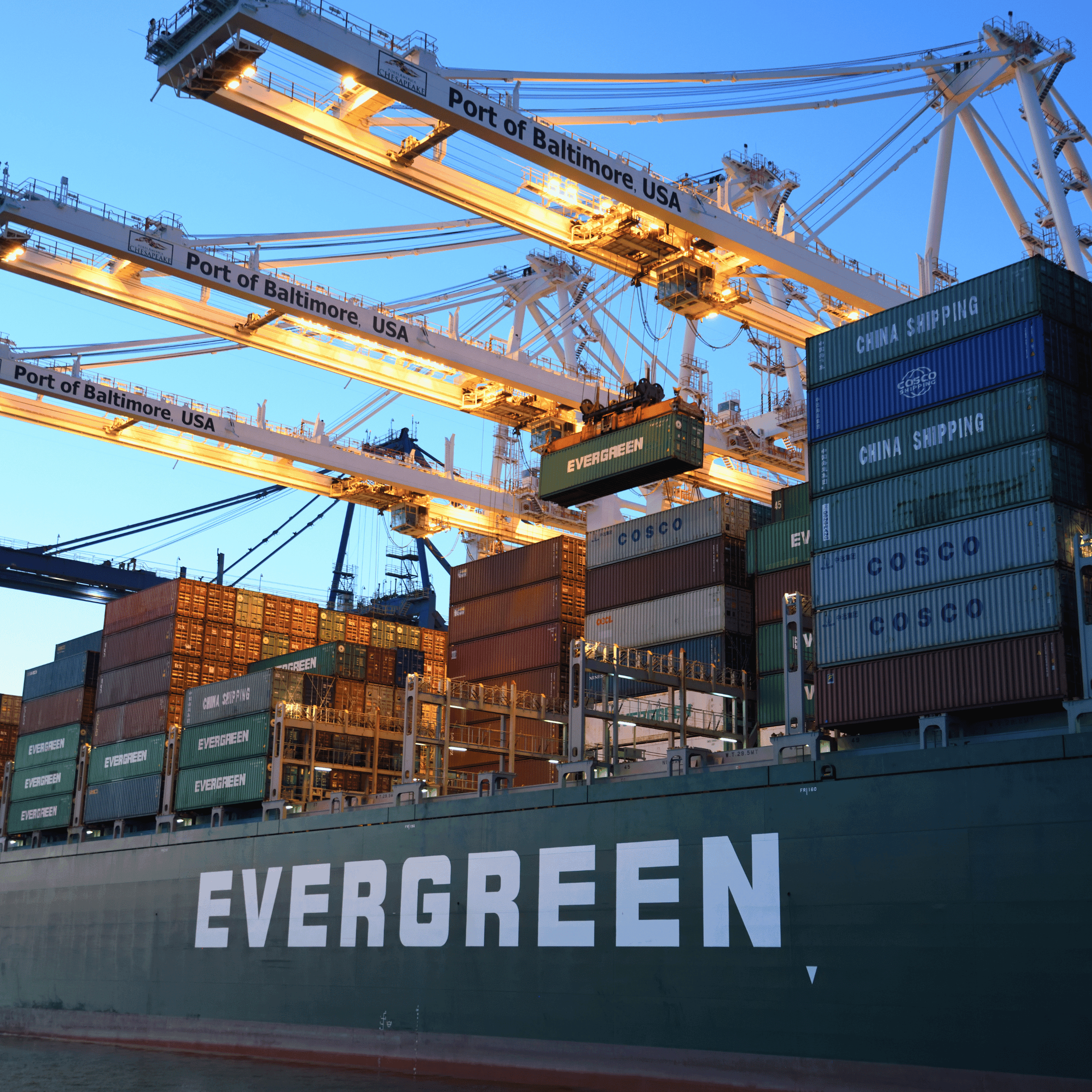
What 3PLs Should Do to Support Clients During the Tariff Surge
1. Proactively Manage Capacity
3PLs must communicate transparently with clients about available capacity and prioritize urgent shipments. Flexible space planning, overflow solutions, and clear SLAs (service level agreements) will be critical in avoiding service disruptions.
2. Enhance Customs Compliance Processes
Ensure your compliance teams are reviewing:
- Harmonized Tariff Schedule (HTS) codes and duty rates
- Documentation accuracy
- Classification disputes or updates ahead of the deadline
Providing clients with pre-entry audits and compliance consultations can protect them from unexpected costs or shipment delays.
3. Promote Bonded and FTZ Solutions
Educate clients on how bonded warehousing and FTZ strategies can help mitigate the financial impact of tariffs:
- Deferring duty payments until goods are needed
- Reducing cash tied up in inventory
- Enabling duty-free re-exporting options
These services can help secure long-term client relationships beyond the immediate deadline.
4. Optimize Transportation and Drayage Coordination
With port congestion rising, 3PLs must work closely with carriers, drayage providers, and freight forwarders to:
- Prioritize high-value, time-sensitive shipments
- Optimize routing to avoid chokepoints
- Provide realistic transit timelines and contingency planning
5. Maintain Transparent Communication
Supply chain volatility demands clear, proactive communication. 3PLs should provide frequent updates on:
- Warehouse capacity
- Customs clearance timelines
- Transportation delays
- Recommended strategies to mitigate risks
This builds client trust and positions the 3PL as a strategic partner rather than a transactional vendor.
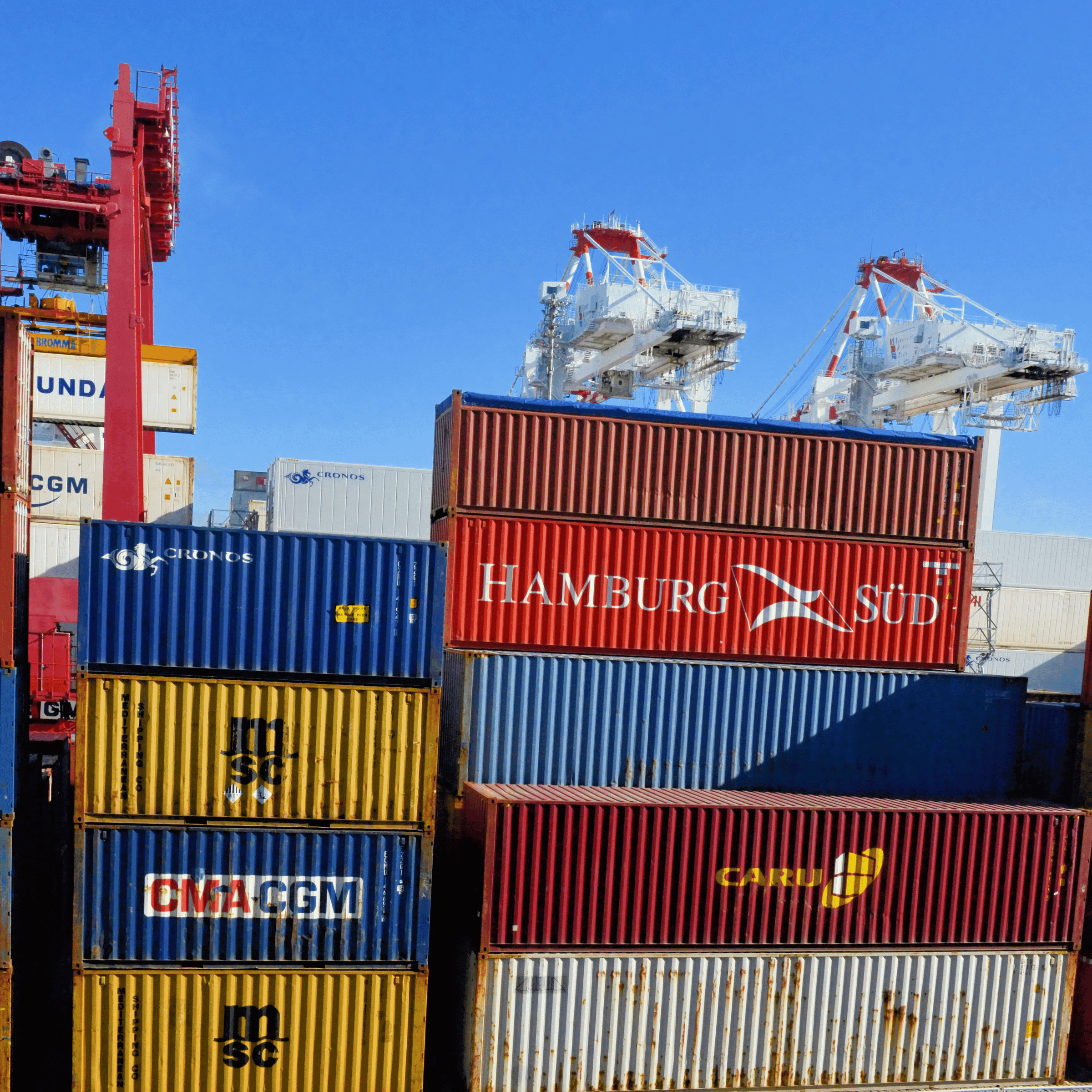
Questions Importers Should Be Asking Their 3PL Ahead of August 1
To navigate the upcoming tariff changes successfully, importers should be asking their logistics partners:
- Do you have bonded warehousing or FTZ capabilities to help defer duties?
- How are you managing capacity during this surge?
- What steps are you taking to ensure accurate, compliant customs clearance?
- Can you accommodate expedited or time-sensitive shipments?
- What is your contingency plan for potential delays at ports or within transportation networks?
3PLs that can answer these confidently will stand out as trusted partners during this volatile period.
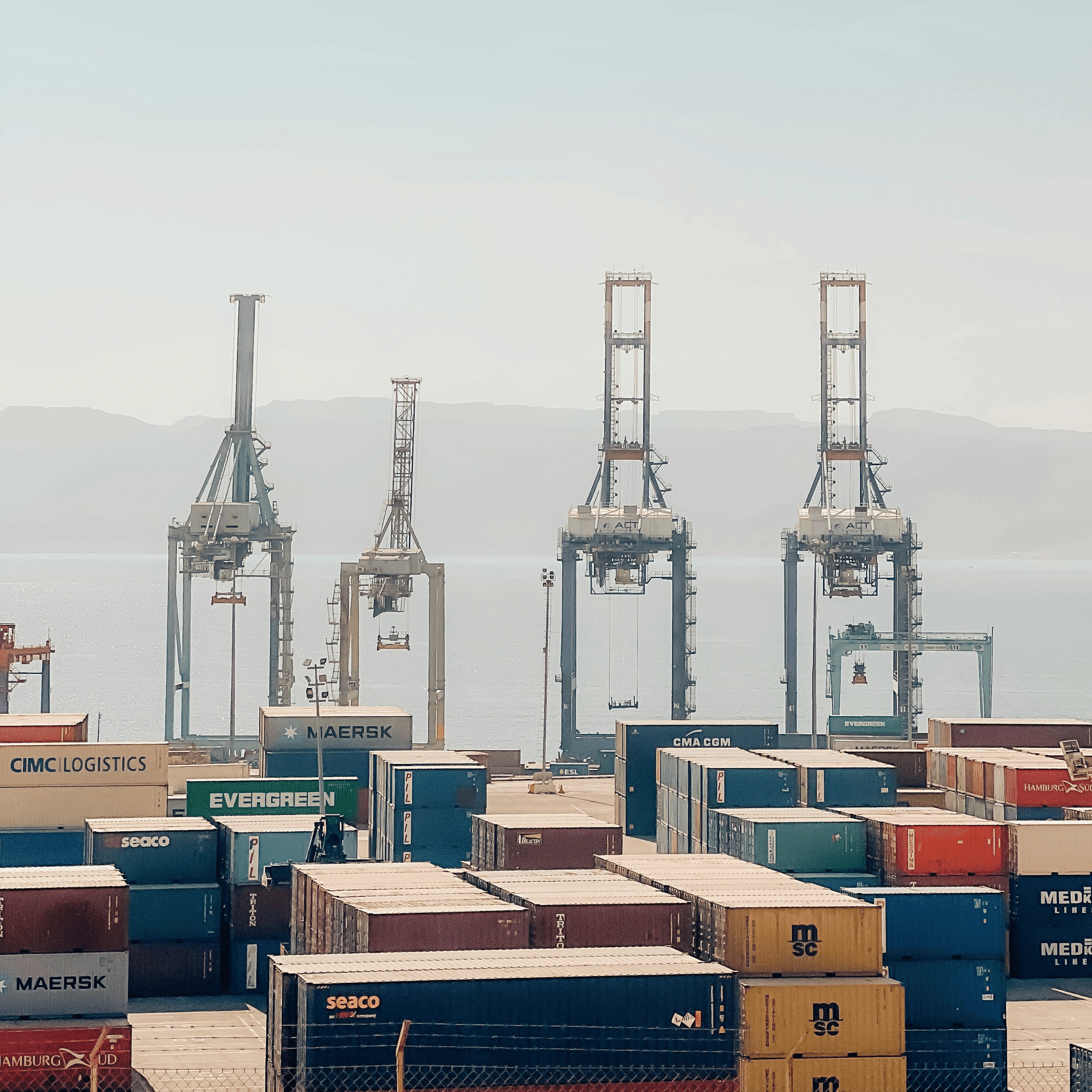
The Bigger Picture: Long-Term Implications for 3PLs and Importers
While the focus is on August 1, this surge highlights broader supply chain trends:
Increased Focus on Diversifying Supply Chains
Importers are already exploring nearshoring and alternative sourcing markets (e.g., Mexico, Vietnam, India) to reduce dependency on China and mitigate tariff risks.
Ongoing Demand for Duty Mitigation Strategies
Bonded warehousing and FTZ services will remain in high demand as businesses look to increase flexibility and reduce exposure to trade policy shifts.
Volatility as the New Normal
Tariffs, geopolitical tensions, and supply chain disruptions are not anomalies—they are the new reality. 3PLs that can offer integrated, flexible, and resilient solutions will be better positioned for growth.
How 3PLs Can Lead Through Tariff Uncertainty
The August 1 tariff deadline is a pivotal moment for importers and logistics providers alike. 3PLs that offer bonded warehousing, customs compliance expertise, flexible capacity solutions, and proactive communication can not only help clients manage this immediate challenge but also secure long-term partnerships.
As supply chains become more complex and unpredictable, importers will increasingly rely on logistics partners who offer transparency, expertise, and solutions that go beyond simply moving goods from point A to B.

Beat the Tariff Deadline with Confidence
Contact Us
